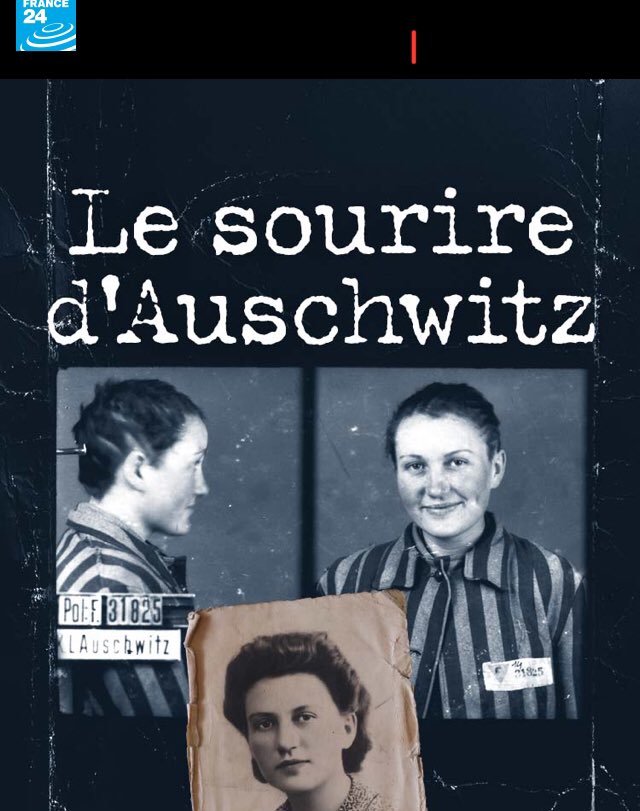German camp brothels in World War II
In World War II, Nazi Germany established brothels in the concentration camps (Lagerbordelle) to create an incentive for prisoners to collaborate, although these institutions were used mostly by Kapos, ⬇️
In World War II, Nazi Germany established brothels in the concentration camps (Lagerbordelle) to create an incentive for prisoners to collaborate, although these institutions were used mostly by Kapos, ⬇️

functionaries and the criminal elements, because regular inmates, penniless and emaciated, were usually too debilitated and wary of exposure to SS schemes. In the end, the camp brothels did not not produce any noticeable increase in the prisoners' work productivity ⬇️
levels, but instead, created a market for coupons among the camp VIPs. The women forced into these brothels came mainly from the Ravensbrück concentration camp, except for Auschwitz, which employed its own prisoners. In combination with the German military brothels in ⬇️ 

World War II, it is estimated that at least 34,140 female inmates were forced into sexual slavery during the Third Reich. The first camp brothel was established in Mauthausen/Gusen in 1942. After 30 June 1943, a camp brothel existed in Auschwitz, and from 15 July 1943, in ⬇️
Buchenwald. The one in Neuengamme was established in early 1944, Dachau's in May 1944, Dora-Mittelbau's in late summer, and Sachsenhausen's on 8 August 1944. There are conflicting dates for the camp brothel in Flossenbürg: one source claims summer 1943; another states it was ⬇️ 

not opened until 25 March 1944. Sometimes the SS enticed women into serving in brothels by promising them more humane treatment or reductions of their indefinite sentence. This caused anger or envy among some female inmates. Nina Michailovna, Soviet camp prisoner, reported: ⬇️
"When we found out that a girl in our block was chosen, we caught her and threw a blanket on her and beat her up so badly that she could hardly move. It wasn't clear if she would recover. They just wanted to have a better life and we punished them this way." ⬇️
• • •
Missing some Tweet in this thread? You can try to
force a refresh

 Read on Twitter
Read on Twitter




















